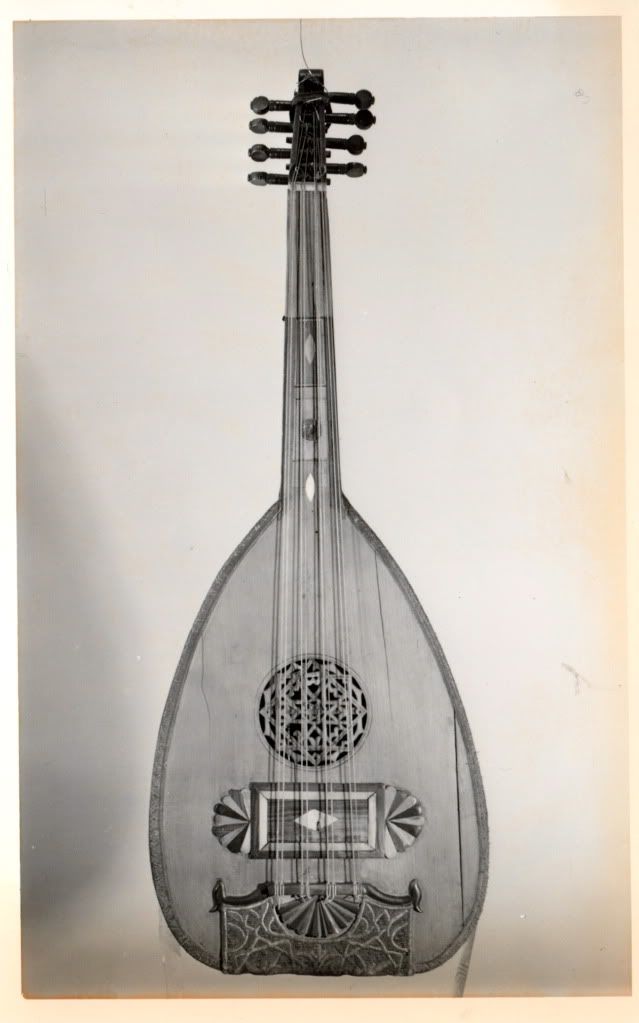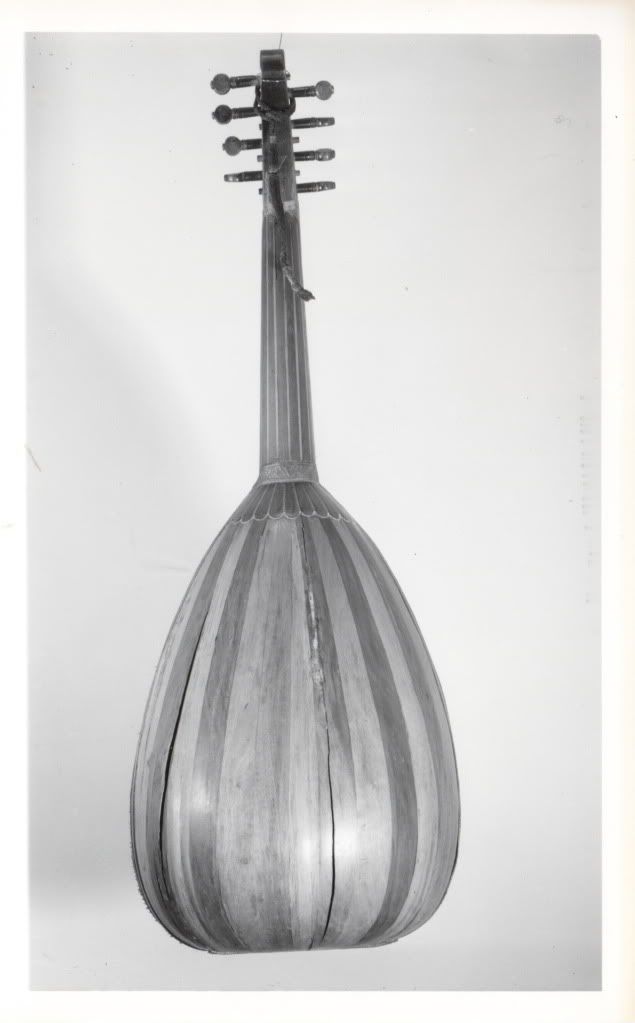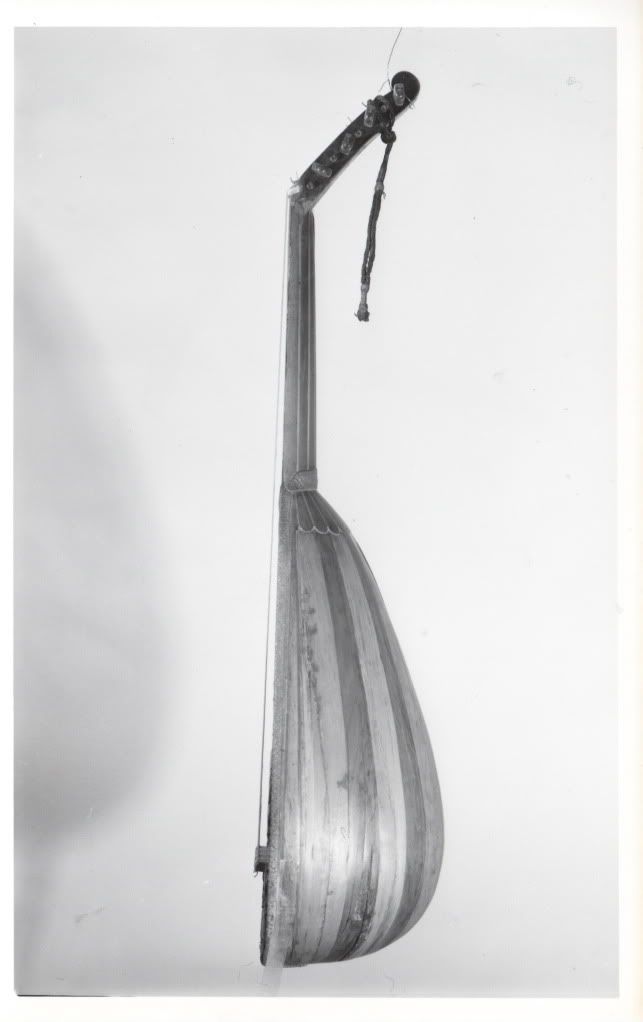
The attached rough sketch of a Nahat bridge cross section compared to a more 'conventional' traditional oud bridge is intended to clarify the dimensional difference between the front edge of the bridge and front edge of the bridge tie block. It would seem that the Nahat design imposes a greater rotational torsion on the sound board - string tension being equal.





